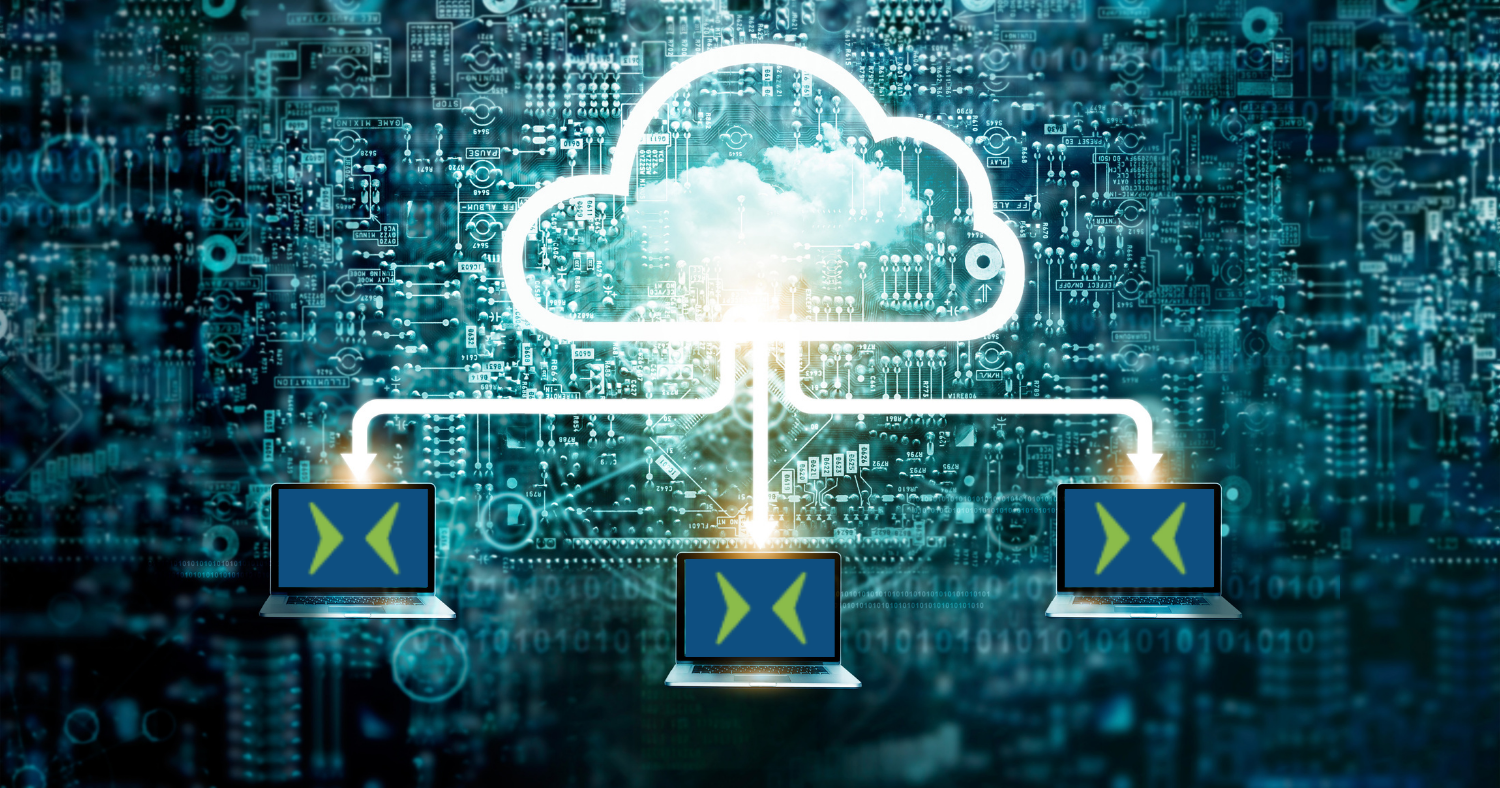Offensive Security Foundations for Financial Industry Professionals
Security Standards (PCI DSS) are vital in establishing baseline security measures for financial industry professionals who face challenges...

As companies rely more on cloud services, cybersecurity frameworks like System and Organization Controls have become essential for establishing trust between service providers and their customers. But what exactly is SOC 2, and how would a business meet compliance?
We review the different types of reports and the requirements for SOC 2 compliance. Whether in FinTech, SaaS, or any other business that handles sensitive customer data, understanding the importance of SOC 2 compliance will help you stay secure and competitive.
SOC 2 is a subset of a larger SOC auditing framework developed by the American Institute of Certified Public Accountants (AICPA). It is designed to assess how service providers protect customer data and ensure its Security, Availability, Processing Integrity, Confidentiality, and Privacy. These five areas are known as the Trust Service Criteria, and they are set in place to evaluate whether a company's controls are adequate to protect sensitive information like personally identifiable information (PII), digital identifiers, or personal health information (PHI).
Unlike other mandated frameworks, such as PCI DSS (mandatory for businesses that handle credit card information), or California Consumer Privacy Act (US Privacy legislation), SOC 2 is not mandated. However, it has become a standard method to provide assurance to businesses—especially for those who are offering cloud services, SaaS platforms, or managing sensitive information—because it assures clients that their service provider takes data security seriously.
There are two types of SOC 2 reports, each serving a distinct purpose based on the level of assurance your business needs. While both assess the effectiveness of a company's security controls, SOC 2 Type 1 provides a snapshot of controls at a single point in time, whereas SOC 2 Type 2 evaluates their effectiveness over an extended period. Understanding the differences between these reports is essential for choosing the right one to meet client and regulatory expectations.
This report evaluates a company's security controls at a specific point in time. It aims to answer the question: "Are the security systems designed properly?" This type of report is often less expensive and quicker to complete, making it a solution for those startups or companies looking to establish compliance quickly.
This report evaluates how effectively a company's security controls operate over time, typically over a period of 6-12 months. It aims to answer the question: "Do these security controls work as intended over a sustained period?" Type 2 is more thorough, providing greater customer assurance and is often required by larger enterprises.
The five Trust Service Criteria form the foundation of SOC 2 compliance, guiding organizations in protecting and managing sensitive data. Each criterion focuses on a different aspect of data security and privacy, from ensuring systems are accessible and reliable to safeguarding personal information. These criteria allow businesses to customize their approach based on specific client needs and industry standards, providing a well-rounded framework for robust data protection.
While there are five parts to this, Security is the only mandatory one for companies looking to be SOC 2 compliant. The other four may be included based on the company’s services and client needs.
A lot of preparation and time is needed to meet SOC 2 compliance. Let’s go over how your organization can get started:
Before doing a formal audit, evaluating your current controls and identifying gaps is essential. A readiness assessment helps you pinpoint weaknesses and areas that need improvement. Our team of experts can help assess your systems and recommend changes that align with SOC 2 standards.
Based on the findings of your assessment, take the necessary steps to enhance your security measures. This might include adding encryption, setting up firewalls, or establishing an internal system to monitor sensitive data access. Regular penetration testing is a critical service that simulates real-world attacks to identify vulnerabilities and ensure your security controls are adequate.
SOC 2 audits can only be performed by licensed Certified Public Accountants or a firm approved by AICPA. For example CyberGuard Compliance LLP provides premier SOC auditing services and can help you understand your SOC 2 requirements and applicable criteria to validate to meet your client’s and organizational needs. Choose an experienced auditor who understands your industry and the specific risks associated with your business. The auditor should evaluate your controls and provide a detailed report on your compliance.
To keep your SOC 2 compliance on track, it's essential to not treat the exercise as a project, but integrate the processes and procedures into your daily activities, ensuring that you continuously improve your systems and controls by undergoing regular interim and annual audits. Continuous monitoring and penetration testing will help you identify and address new vulnerabilities that can reduce the effectiveness of your SOC controls. By simulating attacks on your system, penetration testing can reveal any potential weakness that SOC 2 requires to be addressed. This helps to ensure your system remains secure.
Meeting SOC 2 compliance is vital for any business that manages customer data or provides cloud-based services. It assures clients that you are committed to keeping their information secure and your people, process and technology are functioning to support a secure operating environment. Whether you're preparing for a SOC 2 Type 1 or Type 2 audit, focus on implementing robust security controls, documenting policies, and undergoing regular testing.
If you are looking for professionals to handle this process, our team at Control Gap can help. We provide an array of services, including penetration testing and security readiness assessments, to ensure your systems meet the SOC 2 framework and demonstrate a solid commitment to protecting your clients’ data. SOC 2 compliance isn't just about passing an audit. It's about maintaining a security-first mindset that builds long-term trust with your clients. Reach out to us today and let's discuss how we can help.

Security Standards (PCI DSS) are vital in establishing baseline security measures for financial industry professionals who face challenges...

Maintaining Payment Card Industry Data Security Standard (PCI DSS) compliance is becoming more difficult as businesses adopt modern network...

The PCI 3DS Core Security Standard, which builds on the EMV 3DS standard was introduced to mitigate the risk of fraud for businesses handling...